Your Guide to Ortho-K Lenses
- 5 Factors Eye Doctors Consider When Choosing Contact Lenses
- Myth-Busting Ortho-K: Safe Myopia Control Explained by Dr. Ariel Chen
- How to Remove Ortho-K Lenses Without Plunger!
- Curious about Ortho K Lenses?
- How Ortho-K Lense Transforms Your Vision While You Sleep!
Ortho-K lenses are specially designed contact lenses that gently reshape the curvature of the cornea overnight, providing clear vision during the day without the need for glasses or conventional contacts. This non-surgical and reversible approach is particularly valuable for children and adolescents with myopia, offering both vision correction and a way to slow the progression of nearsightedness. Our eye doctors use advanced technology and a personalized fitting process to ensure that each lens is crafted to perfectly match your child’s eye shape and visual needs.
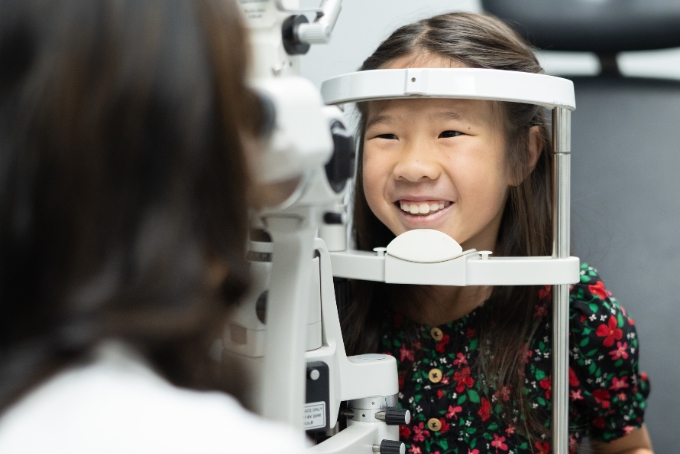
The Role of Ortho-K in Myopia Management

Myopia, or nearsightedness, is an increasingly common condition in young people, where the eye grows too long or the cornea curves excessively, making distant objects blurry. With Ortho-K, specialized lenses are worn during sleep to temporarily reshape the cornea, helping to reduce the refractive error that causes nearsightedness while slowing the down the progression of myopia. This method not only corrects vision today, but protects your child’s vision as they age by reducing the risks of vision threatening conditions from high myopia. Furthermore they offer benefits such as improved natural vision for sports, recreation, and professions that demand sharp unaided vision.
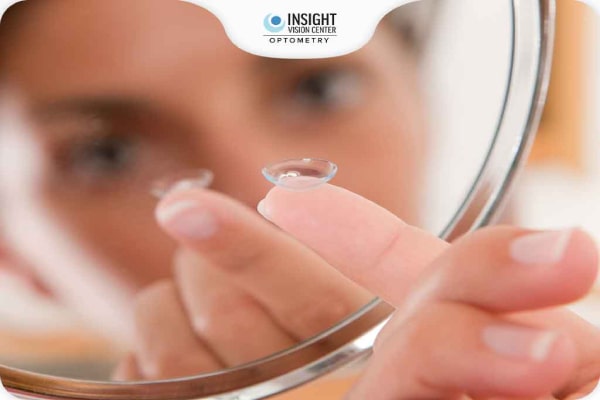
Lens Design and Customization

How Ortho-K Lenses Are Designed
The process of designing Ortho-K lenses starts with understanding the unique structure of your child’s eye. Our eye doctors begin by analyzing the curvature of the cornea through a painless procedure using a corneal topographer. This instrument creates a detailed map of the front surface of the eye, capturing critical measurements such as apical curvature, horizontal visible iris diameter (HVID), sagittal height, pupil size, and astigmatism.
Based on these measurements and your child’s prescription, a customized lens is designed using computer-aided technology. Each lens is a rigid gas permeable lens that is specifically tailored to gently apply the correct amount of pressure to reshape the cornea while being comfortable and safe for overnight wear. In many cases, more than one pair of lenses may be developed during the fitting process to ensure your child achieves the best possible vision correction.
Breaking Down the Customization Process
Designing a successful Ortho-K lens involves several key parameters that our eye doctors adjust to meet your child’s needs. Here’s an overview of the main modifications that can be made:
Compression Factor
This parameter is based on the concept of the “Jessen Factor,” which adjusts for the natural rebound of the cornea after lens removal. By designing a slight overcorrection, the treatment helps maintain clear distance vision throughout the day.
Back Optic Zone Diameter (BOZD)
Adjusting the BOZD is used to fine-tune the treatment zone size. A smaller BOZD may be chosen to achieve a more focused correction, while careful changes are made to ensure that the lens fits comfortably without decentering the cornea.
Multifocal Optics Adjustments
In some cases, the lens may be designed with multifocal optics to enhance myopia control. Although this customization can lead to a slight decrease in visual acuity, it may prove beneficial for managing myopia progression over time.
Each of these adjustments is carefully considered by our eye doctors. Your child’s individual measurements, such as the curvature of the cornea and pupil size, allow us to simulate and predict the lens design’s effectiveness using specialized software. This process eliminates the need for lengthy in-office trial fittings, making the experience faster and more comfortable for your child.
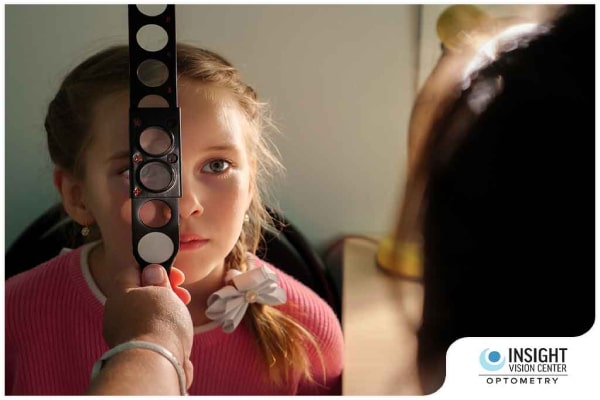
The Lens Fitting Process

The Ortho-K lens fitting process is a detailed, multi-step procedure that ensures both effectiveness and comfort. Here’s how our eye doctors approach it:
This methodical approach not only provides clear vision quickly, in many cases, improvements can be seen as early as the next day, but it also ensures that any adjustments needed over time are carefully managed.
Key Measurements and Their Importance
To create a perfectly tailored Ortho-K lens, it’s crucial for our eye doctors to gather specific biometric data. Here are some of the most important measurements involved:
Collecting precise data from these measurements allows our eye doctors to design a lens that is uniquely suited to your child’s eyes. Each parameter is cross-referenced to ensure that the final lens provides optimal vision correction while maintaining overall eye health.
Safety Considerations and Best Practices
Safety is paramount when it comes to Ortho-K lens treatment. Although all contact lenses carry some risk, studies have shown that the rate of infection with Ortho-K lenses is significantly lower compared to extended wear of soft contact lenses. Our eye doctors emphasize rigorous hygiene and regular follow-ups to minimize any complications.
Here’s how safety is maintained throughout the Ortho-K process:
The emphasis on safety goes beyond the initial fitting, continued education about signs of problems, such as redness, pain, excessive tearing, or decreased vision, is provided to parents. Our eye doctors encourage you to contact our office for personalized guidance if you notice any unusual changes.
The Science Behind Corneal Reshaping
Ortho-K works on a simple yet effective principle: by applying gentle pressure during sleep, the lenses encourage a slight flattening of the central cornea. This reduction in the cornea’s curvature decreases the refractive power of the eye, leading to improved distance vision. The treatment zone is carefully designed to balance the benefits of vision improvement with the natural tendency of the cornea to return to its original shape over time.
Because the reshaping effect is temporary, the process requires continuous use of the lenses. If the lenses are discontinued, the cornea gradually reverts back to its baseline shape within one to four weeks. This reversibility ensures that the treatment carries minimal long-term risks and provides a flexible option for managing myopia progression.
Studies have indicated that Ortho-K can be particularly beneficial for children with mild to moderate myopia or those with astigmatism. For many, achieving 20/20 vision is possible with proper lens design and adherence to the treatment protocol. By slowing axial elongation, the process that contributes to myopia progression, Ortho-K offers a unique advantage in eye care for younger patients.
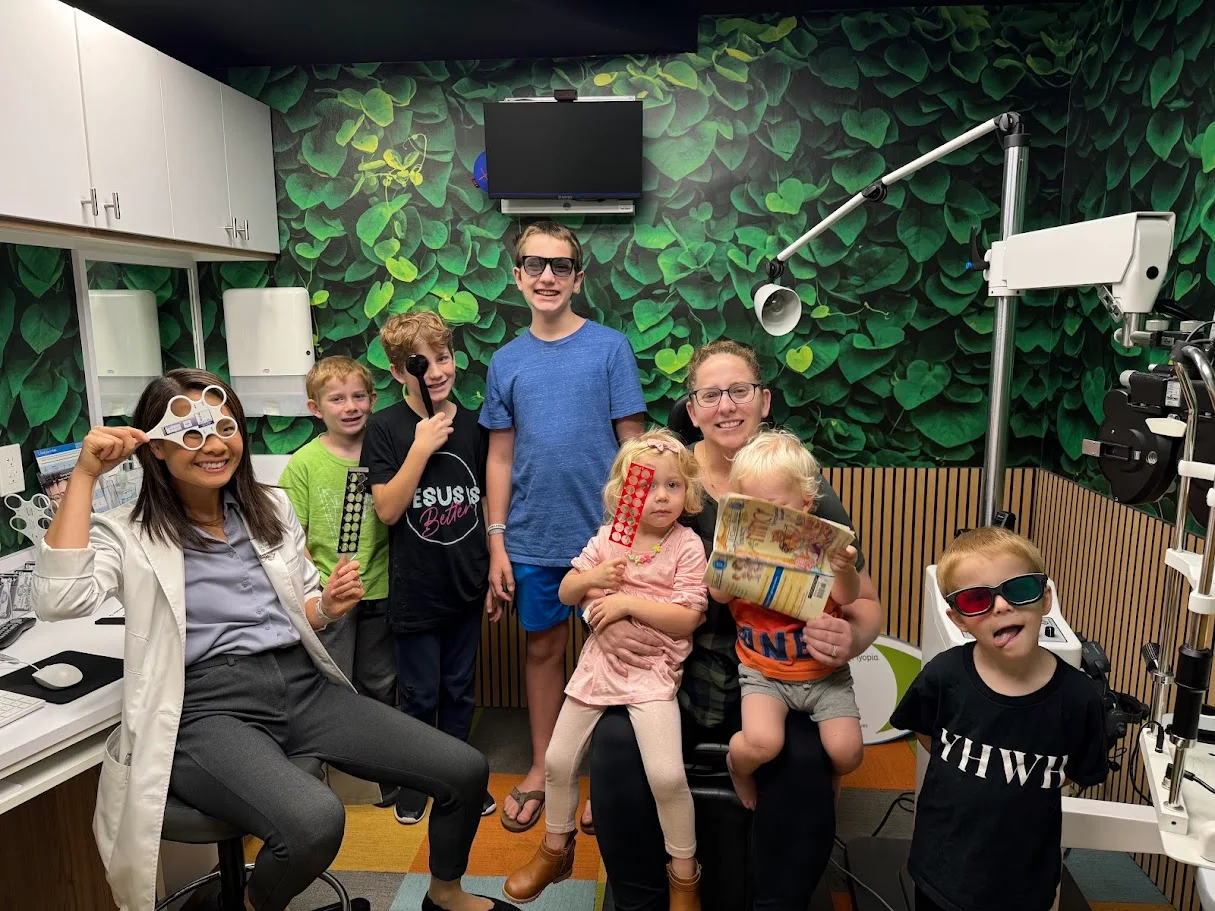
Customizing Ortho-K Lenses: The Role of Technology and Expertise

Customization in Ortho-K lens design is not just about a personalized fit; it is a sophisticated process that involves balancing multiple variables. Using advanced diagnostic tools and specialized software, our eye doctors simulate lens designs that can predict the outcomes effectively. This simulation incorporates adjustments to the compression factor, back optic zone diameter, and multifocal optics as needed.
Here are some key aspects of customization explained in more detail:
Compression Factor Adjustments:
This adjustment compensates for the natural regression of the corneal reshaping effect when the lenses are not worn. By calculating a slight overcorrection, the lens continues to provide clear vision throughout the day. This process is carefully calibrated based on the individual’s topography data, ensuring that the effect is both safe and effective.
Back Optic Zone Diameter (BOZD) Changes:
Modifying the BOZD can help fine-tune the treatment zone’s size. A smaller BOZD may result in a more concentrated corneal flattening, but it requires precise adjustments to prevent decentration. Our eye doctors are well-versed in balancing these parameters to achieve the desired visual outcomes.
Multifocal Optics Considerations:
Some lens designs incorporate multifocal optics that cater to both near and distance vision control. While this customization may involve slight trade-offs in visual sharpness, emerging research suggests that it can be beneficial in controlling myopia progression. Ongoing studies continue to explore the full potential of multifocal adjustments in Ortho-K treatments.
Innovations and the Future of Ortho-K

Ortho-K has come a long way since it was first introduced over 40 years ago. Modern technological advancements in both lens materials and diagnostic equipment have made this treatment not only more effective but also significantly safer. Today’s customized lens designs, refined diagnostic imaging, and robust fitting protocols help mitigate risks and enhance the overall treatment experience.
Ongoing research continues to explore improvements in lens design parameters, such as adjusting the compression factor and BOZD more precisely and further refining multifocal optical designs. These innovations are aimed at enhancing the myopia control effects while maintaining excellent day-to-day visual acuity. According to various studies, children who adhere to an Ortho-K regimen may experience slower progression of myopia, offering a promising outlook for long-term eye health.
Our eye doctors remain at the forefront of these advancements, continuously updating their practices with new techniques and tools. The commitment to combining cutting-edge technology with personalized care ensures that your child receives the best possible treatment, both now and in the future.
Frequently Asked Questions About Ortho-K Lens Design
Parents often have many questions about the process and benefits of Ortho-K for myopia management. Here are some common questions addressed by our eye doctors:

The Highest Rated Advanced Eye Care Center In Orange County

What Our Patients are Saying
“Insight Vision Center has been the absolute best! My 5 y/o son has severe myopia and we were fortunate to have been referred to this center for myopia management. My son receives both atropine drop and Ortho-K treatment. He no longer needs glasses during the day and it has truly changed his life. He can participate in many physical activities, such as Taekwondo sparring, that he was unable to do previously. He is so much more confident and happy now! It is truly amazing to be treated by Dr.Chen…my son loves her and looks forward to his appointments! The staff at Insight are all knowledgeable, kind, genuine, and fantastic! Insight Vision truly cares and it shows!”
⭐⭐⭐⭐⭐
Edward Y.
“For any of you parents out there who have kids with myopia/nearsighted vision and wear glasses…this is for you! We found @insightvisionoc and are AH-MAZED at their Ortho-k night time contacts they offer to not only correct but prevent our kids eyes from getting worse! Willow has been wearing the night time contacts for 3 nights and during the day doesn’t need anything…and has 20/20 vision!!!! It’s pretty crazy. Please help your kids eyes and check them out…looking at these beautiful blue eyes again without glasses really is worth it.”
⭐⭐⭐⭐⭐
Nick H.
Insight Vision Center Optometry in Costa Mesa is a trusted pediatric vision clinic, with families referred to us from all over Orange County, including nearby cities like Irvine, Huntington Beach, and Santa Ana.
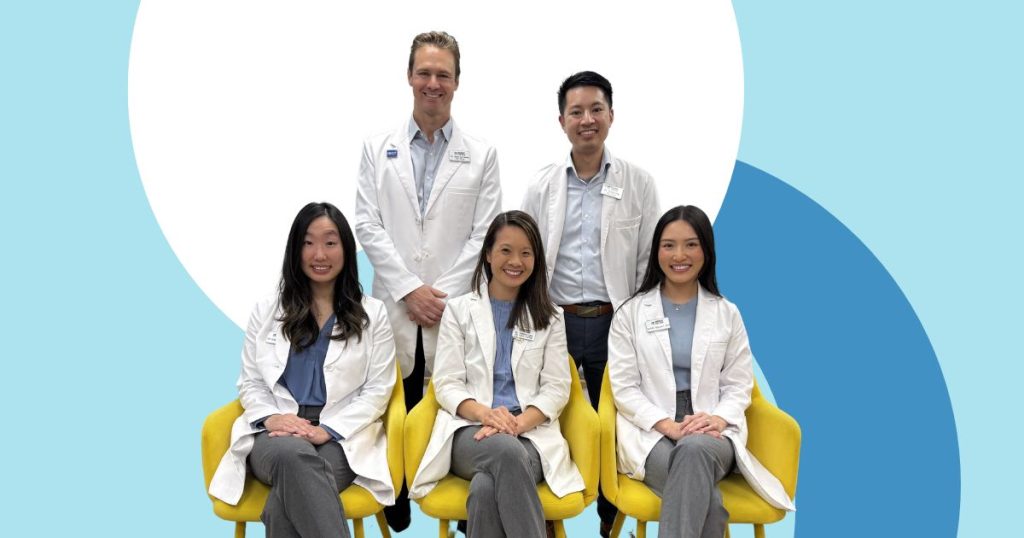
The Ortho-K Experts in Orange County at Insight Vision Center Optometry
Our eye doctors are here to support and guide you through every stage—from the initial fitting and early adjustments to long-term vision maintenance. We warmly invite you to contact our office to discuss personalized strategies and address any questions you may have, ensuring that your child embarks on a clear and confident vision journey.
At Insight Vision Center Optometry, we specialize in providing personalized pediatric eye care to patients across Orange County and those visiting from around the world. Whether you’re in Irvine, Santa Ana, or the surrounding areas, or visiting California, our expert team is here to help your child achieve clear, comfortable vision today and protect their vision into the future. As Orange County’s top-rated pediatric and contact lens specialty practice, we’re committed to delivering the highest level of eye care. Schedule your appointment today and discover why we’re the trusted choice for myopia management.
Call us at (714) 942-1361 to book your child’s appointment, or schedule online.
Explore More






